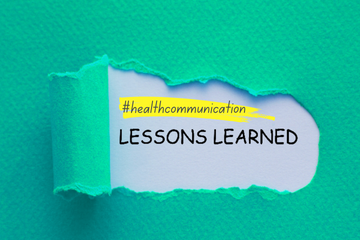The COVID-19 pandemic reignited debate about whether health communicators should seek to persuade audiences or give them the evidence they need to make an informed decision on their own. To test that question, researchers in the UK took messages designed to persuade people to take a COVID vaccine and reframed them to instead inform audiences about the shots’ benefits and risks, disclosing uncertainties and evidence quality and getting ahead of misperceptions. They then asked UK adults to rate how trustworthy they found the two messages in a randomized, controlled trial conducted in April 2021 (PNAS Nexus, 2022, DOI: 10.1093/pnasnexus/pgac280).
What they learned: Reframing a message to communicate a balanced picture of the evidence about COVID vaccines, rather than to persuade people to get a vaccine, did not undermine trustworthiness. In fact, for those who had neutral or negative opinions about the vaccine, reframing made the message slightly more trustworthy.
Why it matters: The authors say the results—along with similar ones seen in a second study of messaging about nuclear power—suggest that “those wishing to communicate evidence in a way that is more trustworthy, and that is recognized as such by an audience with a broad range of prior views on a topic, should consider taking an ‘evidence communication’ approach.”




